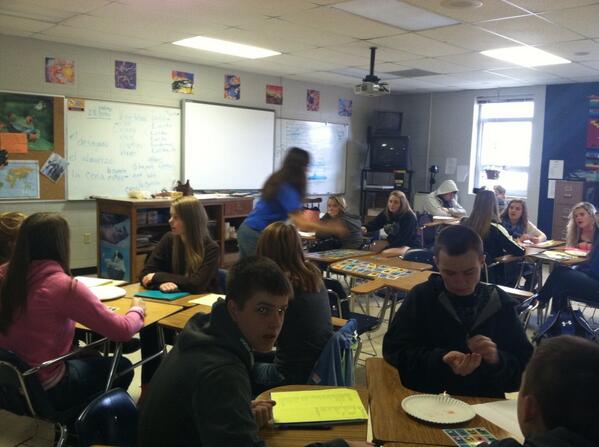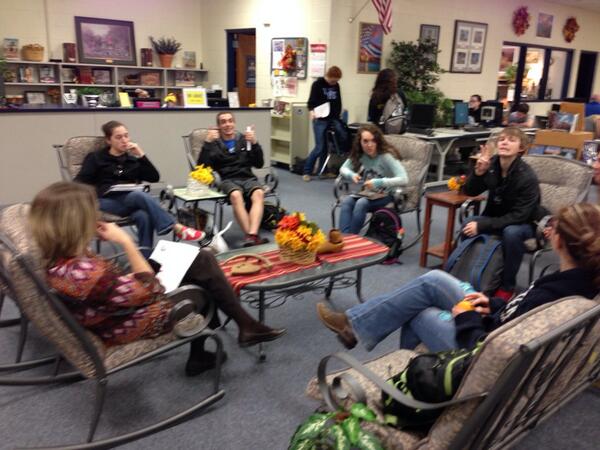 Typically when we do this activity we will schedule our instructional rounds to take place over a two-day period. We invite teachers to use part of their conference period on one or both days to visit other classrooms in the building. They choose where they go, how long they stay, and what type of follow-up to provide to the visits. We emphasize that the purpose of the event is to encourage one another and learn from the brief observations. We expect it will stimulate discussions about instructional practices.
Typically when we do this activity we will schedule our instructional rounds to take place over a two-day period. We invite teachers to use part of their conference period on one or both days to visit other classrooms in the building. They choose where they go, how long they stay, and what type of follow-up to provide to the visits. We emphasize that the purpose of the event is to encourage one another and learn from the brief observations. We expect it will stimulate discussions about instructional practices.In the past, we would post large sheets of paper in our commons area where teachers would write positive comments about their visits. The event built community and showed students we are interested in celebrating the learning process and sharing our classroom space with other teachers.
But this year we tried something new. Instead of the paper and pen, we used Twitter exclusively to celebrate and provide feedback related to the visits. Based on my experience with Twitter as a learning tool, I believe every teacher would benefit greatly from engaging in the conversations related to teaching and learning on social media.
As a result of using Twitter for this purpose, a number of teachers started Twitter accounts and a few tweeted for the first time. I emailed resources about Twitter in advance and gave teachers a few ideas of things to look for in their visits. We used #BHStour to tag our posts.
We believe this idea has even greater potential. A follow-up meeting could be help to share out and facilitate further processing of what teachers learned. Another idea would be to frame the visits with certain goals. If the school is working on effective feedback, then the classroom visits could focus on the interactions that provide feedback for learning.
What other ideas would make this activity even more beneficial? I would love to hear from you. Leave a comment.
The archive of our tweets can be found at the Storify publication of our event: http://t.co/IA75DPeSjp


No comments:
Post a Comment